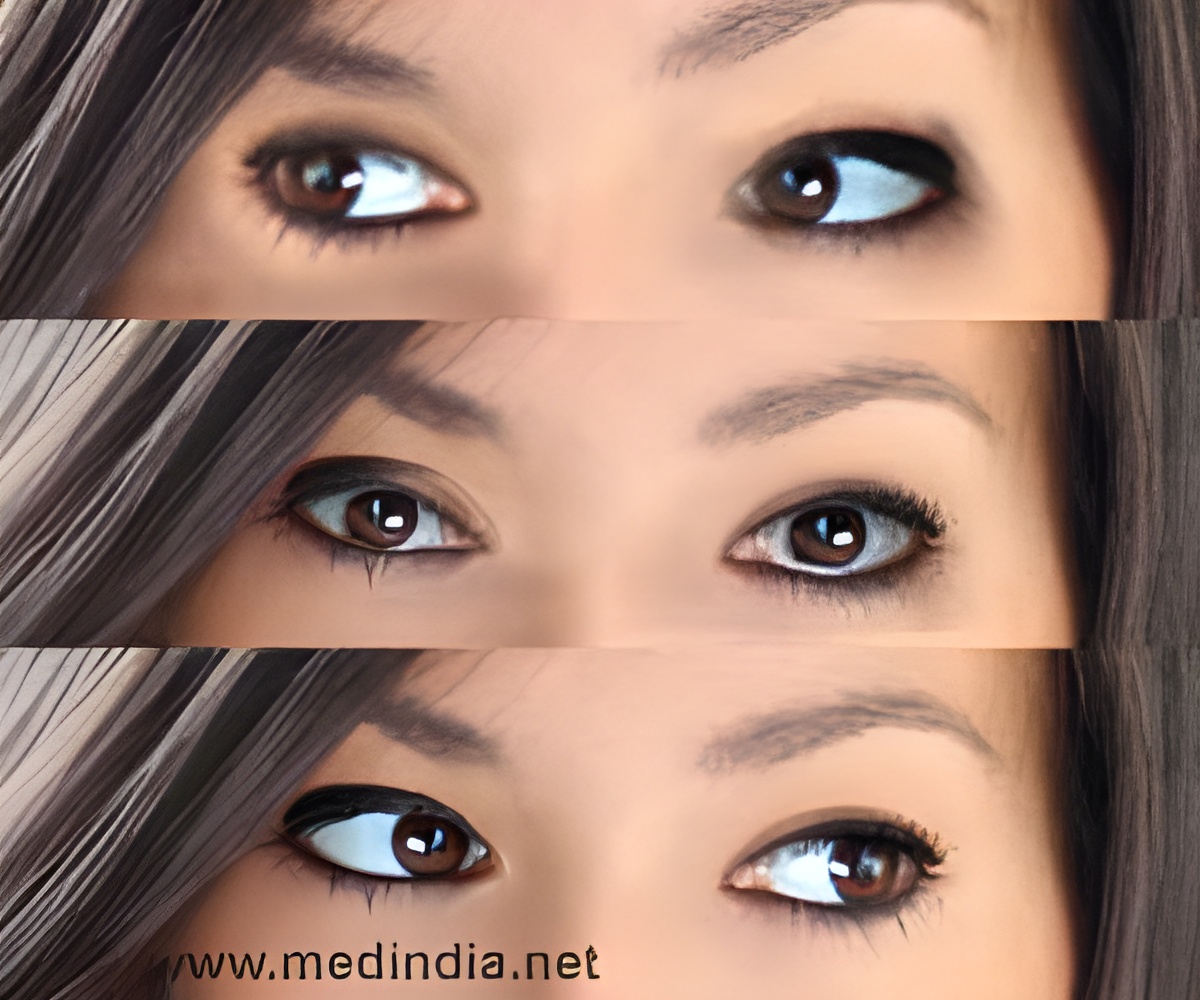
Now, a new Northwestern University study has revealed that, not only does your brain handle such complex decisions for you, it also hides information from you about how those decisions are made.
"Our study gives a salient example," said Yangqing 'Lucie' Xu, lead author of the study and a doctoral candidate in psychology at Northwestern.
Xu explained, "When you pick up an object, your brain automatically decides how to control your muscles based on what your eyes provide about the object's shape. When you pick up a mug by the handle with your right hand, you need to add a clockwise twist to your grip to compensate for the extra weight that you see on the left side of the mug.
"We showed that the use of this visual information is so powerful and automatic that we cannot turn it off. When people see an object weighted in one direction, they actually can't help but 'feel' the weight in that direction, even when they know that we're tricking them," he said.
The researchers conducted two experiments. In the first, people were asked to grasp a vertical stick with a weight hanging from its left or right side. People easily reported which side they felt the weight was on, even when they had their eyes closed.
Advertisement
In the second experiment, the researchers tried harder to convince people to ignore the visual information by carefully explaining the nature of the "trick."
Advertisement
Steven Franconeri, co-author of the study and associate professor of cognitive psychology at Northwestern, said the brain is constantly making decisions for us that we don't know about or understand.
"These decisions are usually smart and based on vast experience," he said.
"In this study's example, your brain is automatically using visual information to tell your hands what they are feeling. We can show that these decisions are happening by manipulating the information your brain receives-we mirror-reverse the visual information and your brain now tells your hands that they are feeling the reverse of what they are actually feeling. This inference is mandatory-you feel it even if you know it's not true," he stated.
Source-ANI









